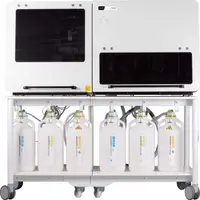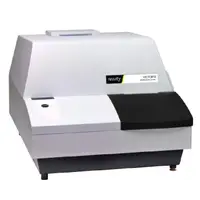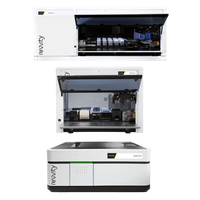Background
Edwards syndrome, also called trisomy 18, is a chromosomal disorder associated with the presence of an extra chromosome 18. It is the second most common autosomal trisomy among liveborn children.
- In most cases, the third chromosome 18 is present in all cells (primary trisomy).
- In other cases, an extra piece of chromosome 18 is attached to another chromosome (“unbalanced translocation”) which may be due to a balanced translocation in one parent.
- Another form of trisomy 18 is when the extra copy of chromosome 18 is only found in some cells, while the other cells have the typical two copies (“mosaicism”).
Clinical diagnosis
Edwards syndrome is a rare condition that typically causes significant intellectual disabilities and developmental delay and often affects many organ systems ranging from heart, kidney, lung or gastrointestinal. Unfortunately, since there are often so many physical issues associated with these pregnancies, most babies with Edwards syndrome do not make it to birth. Those that do make it to birth either do not survive for very long or need to spend a lot of time in the hospital and often require multiple surgeries. For unknown reasons, the rate of survival is higher in females than in males, leading to a female predominance among live-born trisomy 18 infants.
Testing
Testing for Edwards syndrome can be performed during pregnancy, as early as the 1st trimester. Tests fall into two categories: either screening or diagnostic tests. While diagnostic tests can provide a definitive answer as to whether there is Edwards syndrome or not, they are invasive and are thus associated with a small chance of miscarriage. Screening tests, on the other hand, are non-invasive (blood tests or ultrasounds) and thus have no associated increased risk for miscarriage. Although they are safe for the pregnancy, they are not diagnostic and can only say whether there is a high or low chance that the baby has Edwards syndrome.
Treatment
Currently, there is no cure for Edwards syndrome. Medical management of patients with trisomy 18 is planned on a case-by-case basis and depends on their individual circumstances of the patient. Treatment is usually supportive only. Surgical treatment of the malformations does little to improve the poor prognosis associated with this syndrome: more than 90% of infants die within the first year of life from cardiac, renal or neurological complications, or from repeated infections. Prolonged survival (in some cases into adulthood) mainly happens in cases involving mosaic or partial trisomy.
Inheritance
Edwards syndrome occurs in approximately 1 out of every 5000 live born infants. Although the number of pregnancies diagnosed as having an extra copy of chromosome 18 is significantly greater, 95% of fetuses with trisomy 18 miscarry. Most cases of Edwards syndrome, including mosaicism, are not inherited. However, trisomy 18 due to a translocation can be inherited. In this scenario, an unaffected carrier parent can have a rearrangement of genetic material between chromosome 18 and another chromosome. This is called a balanced translocation because there is no extra or missing material from the chromosomes. Although they do not have Edwards syndrome, people who carry this type of balanced translocation are at an increased risk of having children with the condition.































